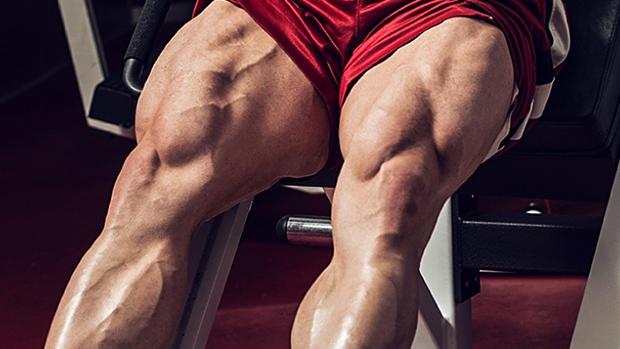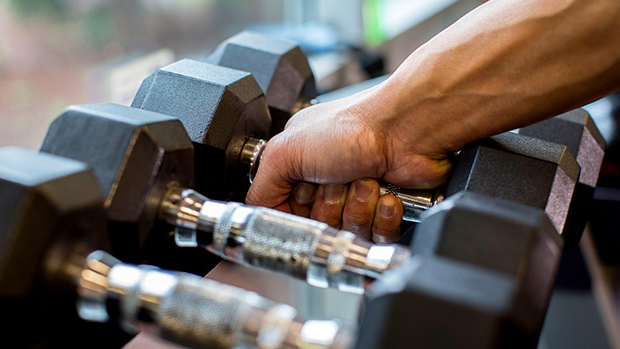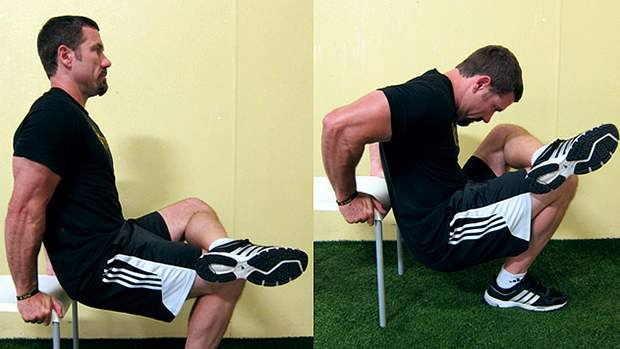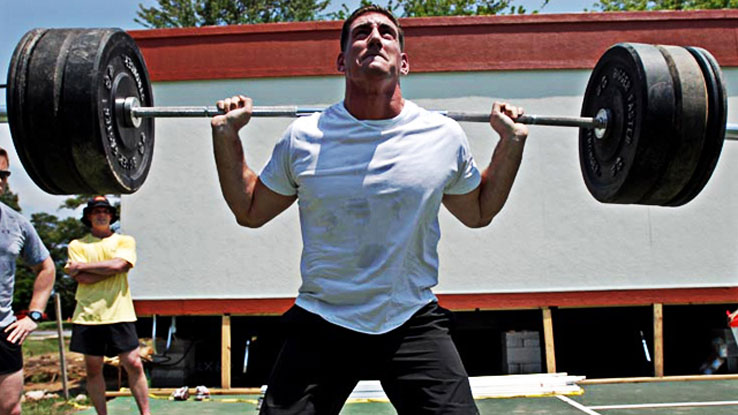Ankle Mobility & Squat Depth
If you want a deep squat, you'll need a relatively good level of ankle mobility (dorsiflexion). Otherwise, you'll get stuck halfway down and people will laugh.
Trying to squat with limited ankle range of motion means you must "borrow" mobility from your lower back, resulting in the dreaded butt wink or a massive lean forward. Neither are favorable for heavy loading. Your strength will be limited when you reach a certain point, not to mention you'll increase the likelihood of aggravating the lower back.
Common techniques for increasing ankle range of motion will usually involve long-hold passive stretches for the calves, aggressive foam rolling which would make a stone-cold killer cry, and even some fancy-looking banded techniques. But all of these take up valuable lifting time!
What's more effective? Just build on what mobility you have using weight: use that full range and while adding stability. I'm talking about using actual lifts that will make you stronger and prime your lower body for your workout.
Enter the Deep Split Squat
This isn't the Bulgarian split squat with the back foot elevated. You want the back leg fairly straight. The goal is to bring the front knee as far over the toes as you can while keeping the heel down. This move will give you a stretch in the calf, quad, and glute of the front leg while also hitting the back leg's hip flexor.
In this warm-up superset, you use two variations of the same movement. First, use a heavier weight but with something to hold on to, taking balance out of the equation so you can sink down into the stretch more.
Then, do the same drill unassisted but with a lighter weight in each hand. You'll challenge your stability in that same range, helping your body learn and see it as a safe position to be in. This is the key to preventing regression between sessions.
A Full Warm-Up Superset Will Look Like This
- Hold a bench or rack post with your left hand and a heavy dumbbell in your right hand.
- Perform 10 deep split squats on your left leg, using the weight to help sink you further. Keep your heel down!
- Turn and face the opposite direction. Swap the hand holding the dumbbell and holding the support. Then do 10 deep split squats on your right leg.
- Go back to your left leg again and complete another 10 reps per leg.
- Grab a lighter dumbbell in each hand and do 10 deep splits squats on your left leg. Try to replicate the same range you got with the assisted version.
- Complete 10 reps on your right leg, then repeat for another set each leg.
The first time you do this, note what weight you use. Aim to increase by a small increment each session. Don't go so heavy that you fatigue your legs before training, but use enough weight to get some stimulus. You can also use this as a finisher after squats.
The more you do this superset, the deeper you'll be able to get and build more hip and ankle strength in your end ranges of motion, which will be directly transferable to your squat.
If your workout is predominately machine-based, deep split squats will be a perfect warm-up since it makes all the joints and muscles work together. But it's also a perfect warm-up if you're a strength athlete due to its unilateral nature. It's just another great way to keep on top of imbalances.




